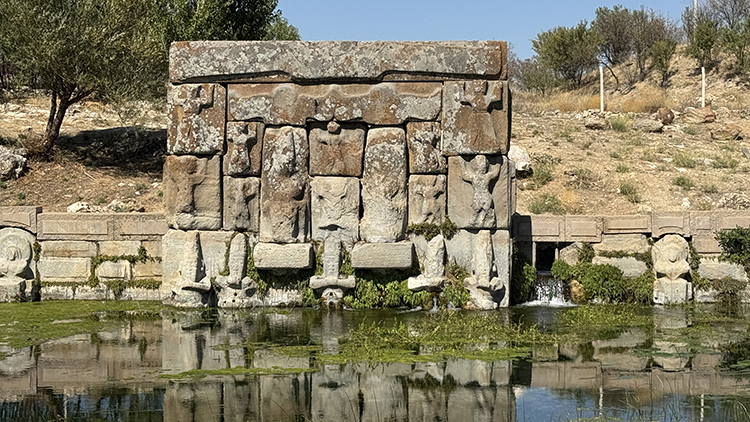
The 3,200-Year-Old Hittite Water Monument Still Flows Despite Drought: Eflatunpınar Defies Time
In the district of Beyşehir in Konya, central Türkiye, the Eflatunpınar Hittite Water Monument, commissioned by King Tuthaliya IV around 1200 BCE, continues to flow after 3,200 years — a striking testament to ancient Anatolian engineering that still resists modern drought.
Built directly over a natural spring, the monument combines sophisticated hydraulic planning with deeply symbolic religious art. Its rectangular façade, carved from interlocking andesite blocks, features reliefs of Hittite deities and fertility symbols, reflecting the civilization’s belief in the divine power of water. The monument functioned both as a sanctuary and a hydraulic structure that gathered and regulated the spring’s flow into a nearby pool.
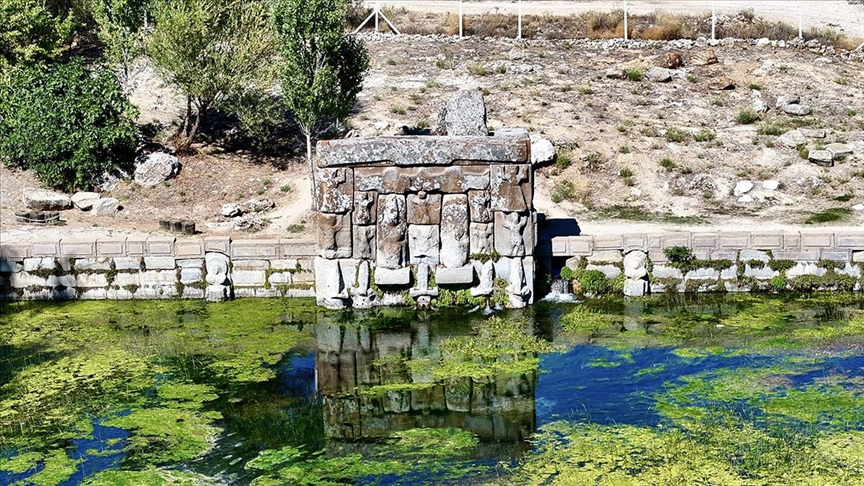
Archaeological excavations conducted by the Konya Museum Directorate between 1996 and 2001 revealed that the monument actually rises 7 meters high and is connected to a sacred pool measuring 30 by 34 meters. The pool’s system collected and conserved water through natural pressure — a form of early hydraulic engineering designed for sustainability long before the term existed.
According to Mustafa Büyükkafalı, head of the Beyşehir Culture and Tourism Association, “This sacred source has been flowing continuously for 3,200 years. Even today, it defies drought and continues to feed part of Lake Beyşehir’s ecosystem.”
📣 Our WhatsApp channel is now LIVE! Stay up-to-date with the latest news and updates, just click here to follow us on WhatsApp and never miss a thing!!
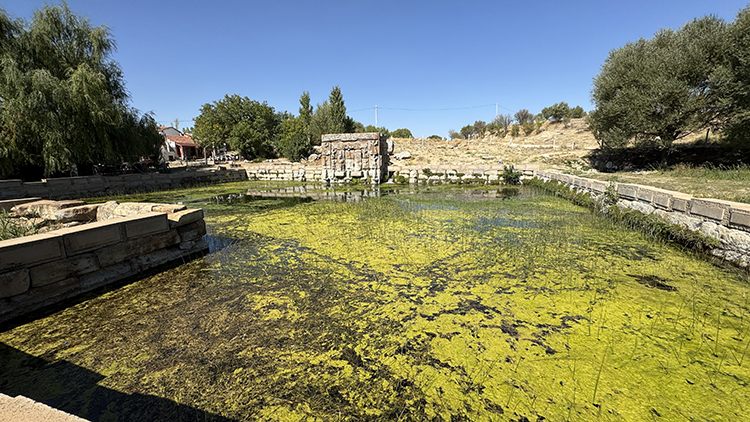
The anıt (monument) was added to the UNESCO World Heritage Tentative List in 2014 as the “Hittite Sacred Water Temple.” Beyond its monumental aesthetics, Eflatunpınar now stands as both an archaeological wonder and an ecological symbol, showing how ancient societies engineered water not only for survival but also as an act of reverence.
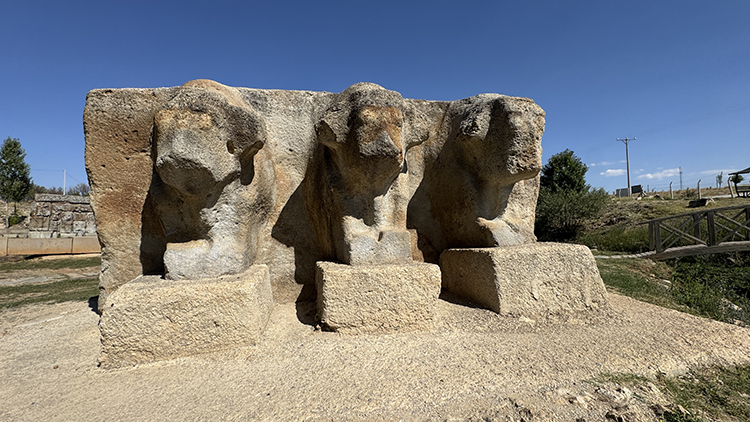
As Türkiye faces intensifying drought linked to global climate change, the timeless flow of Eflatunpınar serves as a reminder that sustainable water management is not a modern invention — it is an inheritance carved in stone 3,200 years ago.
Eflatunpınar Hittite Water Monument, Beyşehir, Konya, Türkiye. (Photo: Savaş Güler/AA)
You may also like
- A 1700-year-old statue of Pan unearthed during the excavations at Polyeuktos in İstanbul
- The granary was found in the ancient city of Sebaste, founded by the first Roman emperor Augustus
- Donalar Kale Kapı Rock Tomb or Donalar Rock Tomb
- Theater emerges as works continue in ancient city of Perinthos
- Urartian King Argishti’s bronze shield revealed the name of an unknown country
- The religious center of Lycia, the ancient city of Letoon
- Who were the Luwians?
- A new study brings a fresh perspective on the Anatolian origin of the Indo-European languages
- Perhaps the oldest thermal treatment center in the world, which has been in continuous use for 2000 years -Basilica Therma Roman Bath or King’s Daughter-
- The largest synagogue of the ancient world, located in the ancient city of Sardis, is being restored

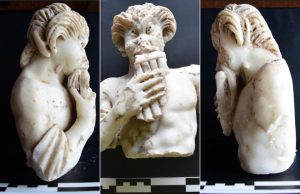
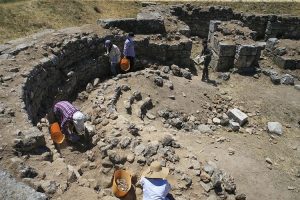
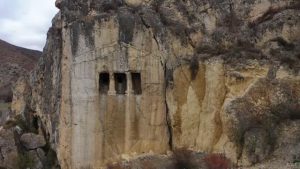
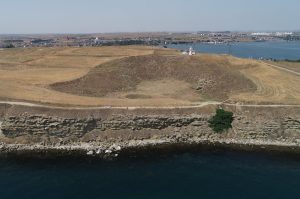

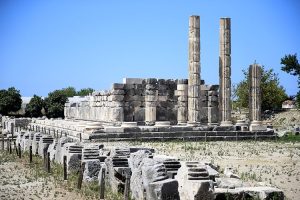


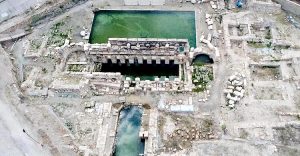
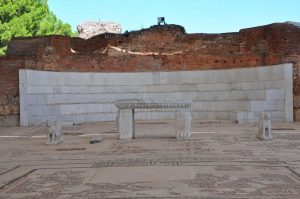
Leave a Reply